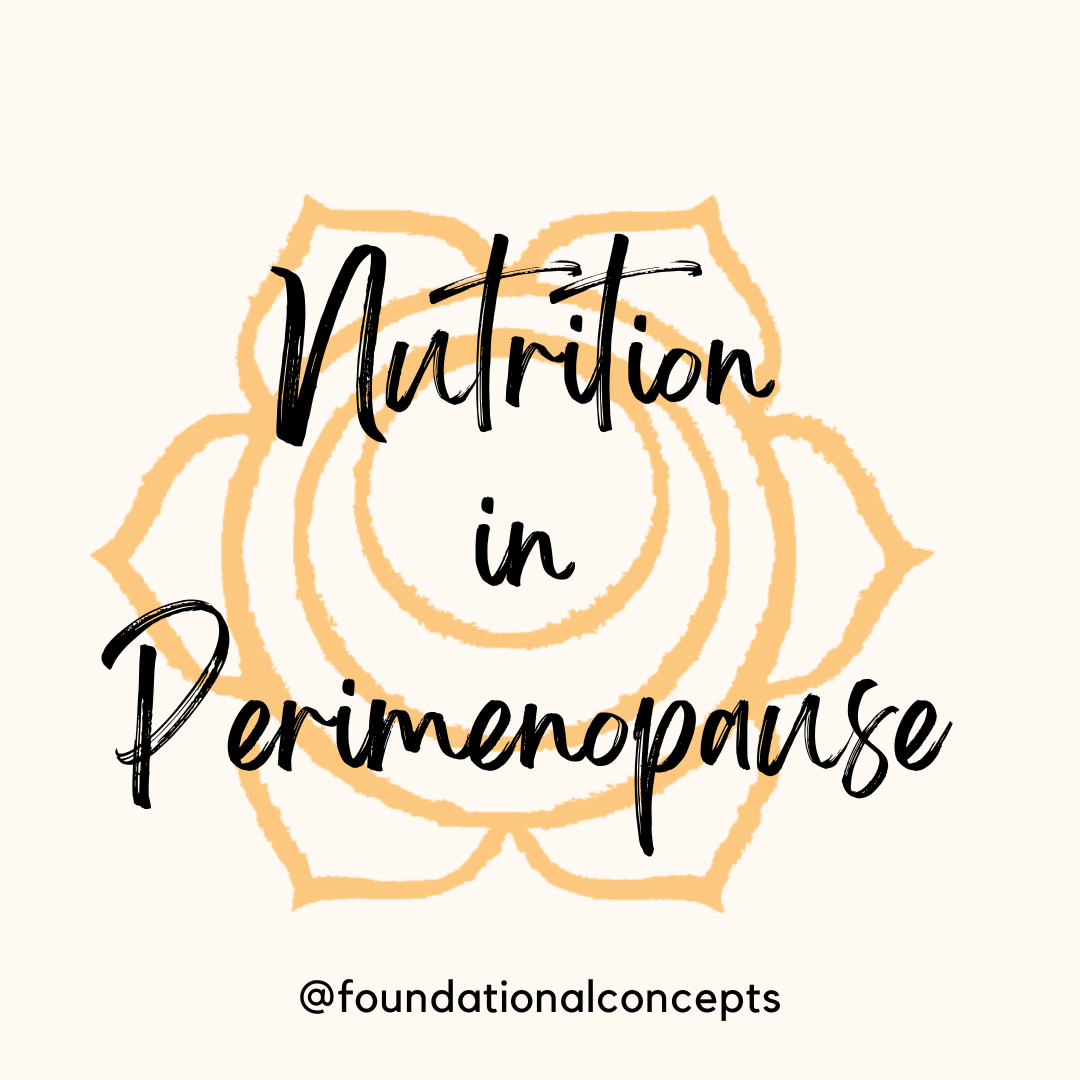Nutrition plays such an important role in our pregnancies and post-partum periods. Breastfeeding requires time…

Shame: How it Affects our Mental and Physical Health
As a Physical Therapist who specializes in pelvic health, I have some very intimate conversations with my clients. For the last 16 years I have helped people who suffer from chronic pelvic pain, incontinence, bowel dysfunction, endometriosis, painful intercourse and the list goes on. What I would like to share is the common theme that presents itself, regardless of the diagnosis, which is shame.
Shame is a Powerful Emotion
Both male and female patients have shared with me that a physician, nurse, or other medical professional made them feel shamed for having the condition that they have. The stories I hear are almost always accompanied by tears (from both me and my patient). Words are powerful, and as healthcare providers we should choose them carefully. Below are just a few of the stories I have heard over the years.
Being Shamed By a Medical Professional is Never Ok
A woman suffering from years of pain with urination associated with a painful bladder condition was seeing a urogynecologist for her medical management. She was told, “Your mother likely potty trained you incorrectly, which is why you have this problem.” While there was not one ounce of evidence to support that statement, it resonated with the patient for years. The worry of how to “undo” what happened as a child that was completely out of her control. This feeds anxiety, which feeds pain.
Another female patient was under the care of another physical therapist for 15 months for chronic pelvic pain. This patient shared, “She would force me to lie in a very uncomfortable position. Then she would tell me it was the only way she could examine my pelvic floor vaginally, so I would just need to deal with it. She would also say in a tone that made me feel like a child, ‘You have got to relax. Relax. Relax.’ She just kept saying it, over and over like I wasn’t trying, or I wasn’t compliant”. These statements resonate. The message is, “You aren’t worthy of a position that is comfortable for you, or you aren’t trying hard enough to get better.” It is hurtful to approach such a delicate condition in a strong-arm manner.
One patient shared that her physician told her, “You are not the same person you used to be, you will never do the things you used to do because you have this pain.” He also informed her, “Your pain is due to your type A personality.” “Never” is a word that should be put on the shelf in an environment where people are looking to heal. Your Type A personality is not the cause of your pain. People in pain don’t need to be blamed. They need to be educated about the human body and how it works.
Insights on Shame
I visit with patients daily who have been spoken to in this way. Statements made by a health care provider stick with them, good or bad, and either push a patient’s recovery or inhibit it.
To answer some questions about shame and how it can get in the way of progress, I talked with Jennifer Worth, a Licensed Clinical Social Worker who works with many of our clients and has been implemental in their success. I have learned so much from working alongside her and wanted to share some insights into this frustrating topic.
What is Shame?
Shame researcher Brené Brown PhD, says “Shame is best defined as the intensely painful feeling or experience of believing we are flawed and therefore unworthy of acceptance and belonging.”
Shame and guilt are commonly confused. The difference between shame and guilt is that guilt refers to a behavior and shame refers to an identity.
Why is Shame such a powerful emotion as it relates to healing physically?
Brené Brown calls it “the master emotion.” Other psychotherapists in the field have referred to it as the emotional circuit breaker. Shame is a protective emotion. It will shut down other emotions and disconnect you from those around you.
When our emotions are shut down, it shuts down our body and can even trigger the nervous system to perceive a potential threat. This moves us into a fight or flight response. When our body is in the sympathetic nervous system our bodies are not able to heal, it is all about survival at that time. Bodies in survival mode will do anything to stay alive. Survival mode is not meant for long periods of time. This includes invalidating pain and pushing our bodies further than what is healthy.
How does Shame present itself in a person’s daily life?
“I statements” are the most direct cue. For example, “I’m not good enough, I’m not trying hard enough. I’m lazy, I’m dumb.” etc.
How can a person recognize it?
We have a physical reaction with shame. Most people feel flush in their face and neck. Some people will sweat. We will tuck our heads, move our shoulders forward, and bend forward slightly at the waist.
How can a person begin to move forward from it?
Janina Fisher, PhD reports that it can be helpful to create a shame resilience pose. She describes it as follows, “Lengthening the spine and grounding through the feet both challenge shame. If the head is bowed or averted, bringing the head up or slowly turning the head and lifting the chin can begin to increase feelings of confidence and fearlessness.”
Brené Brown has created a technique for “Shame Resilience.” Brené has found through research that all people experience shame. Those who appear to be able to manage shame participate in “Shame Resilience.”
The four steps of Brené Brown’s Shame Resilience technique are listed below.
- Recognizing Shame and Understanding Its Triggers.
Shame is biology and biography. Can you physically recognize when you’re in the grips of shame, feel your way through it, and figure out what messages and expectations triggered it?
- Practicing Critical Awareness.
Can you reality-check the messages and expectations that are driving your shame? Are they realistic? Attainable? Are they what you want to be or what you think others need/want from you?
- Reaching Out. (With those deserving of your story)
Are you owning and sharing your story? We can’t experience empathy if
we’re not connecting.
- Speaking Shame.
Are you talking about how you feel and asking for what you need when you feel shame?
Jennifer is a certified Daring Way™ facilitator. Jennifer will provide psychoeducational groups in January based on Brené Brown’s research on shame, vulnerability, and connection. Please check the website in the middle of December for more information.



